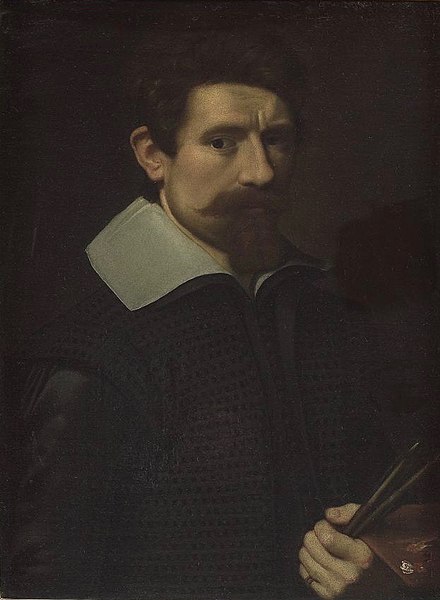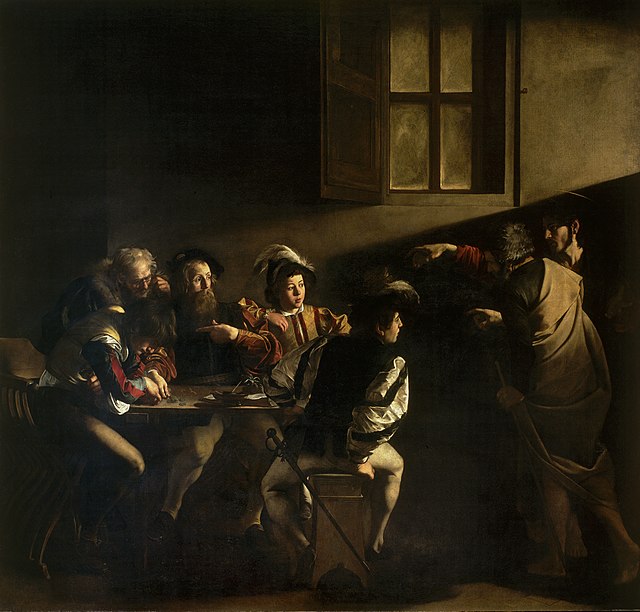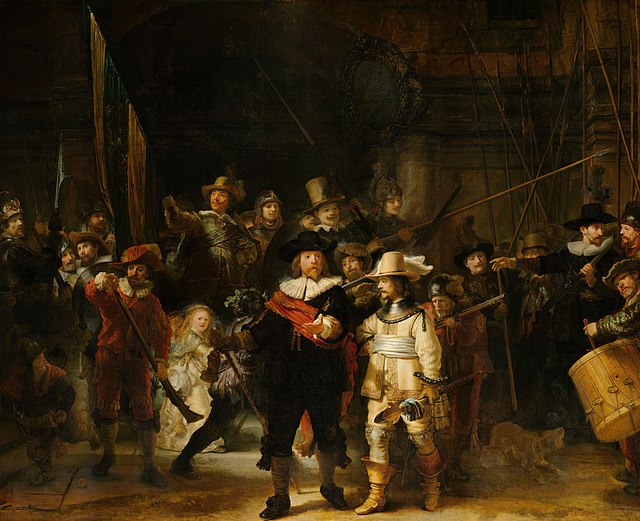Adam Elsheimer was a German artist working in Rome, who died at only thirty-two, but was very influential in the early 17th century in the field of Baroque paintings. His relatively few paintings were small-scale, nearly all painted on copper plates, of the type often known as cabinet paintings. They include a variety of light effects, and an innovative treatment of landscape. He was an influence on many other artists, including Rembrandt and Peter Paul Rubens.
Self-portrait at the Uffizi Gallery, Florence
Photo of 1900 of the house in Frankfurt where Elsheimer was born and grew up. Destroyed 1944.
The burning of Troy, c. 1604, Alte Pinakothek, 36 x 50 cm
Holy Family with St John the Baptist, 37.5 x 24 cm, Berlin-
Baroque painting is the painting associated with the Baroque cultural movement. The movement is often identified with Absolutism, the Counter Reformation and Catholic Revival, but the existence of important Baroque art and architecture in non-absolutist and Protestant states throughout Western Europe underscores its widespread popularity.
The Calling of Saint Matthew (1599–1600), by Caravaggio. Contarelli Chapel, San Luigi dei Francesi, Rome. The beam of light, which enters the picture from the direction of a real window, expresses in the blink of an eye the conversion of St Matthew, the hinge on which his destiny will turn, with no flying angels, parting clouds or other artifacts.
Rembrandt van Rijn, The Night Watch or The Militia Company of Captain Frans Banning Cocq, 1642, oil on canvas, 363 cm × 437 cm (143 in × 172 in), Rijksmuseum, Amsterdam. The painting is a classic example of Baroque art.
Orazio Gentileschi, David and Goliath (c. 1605–1607)
Nativity by Josefa de Óbidos, 1669, National Museum of Ancient Art, Lisbon








